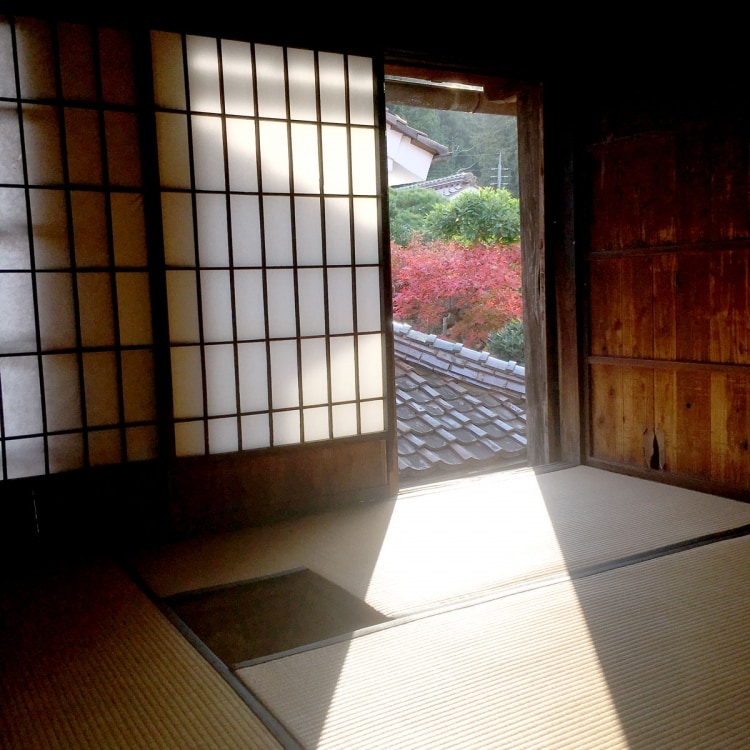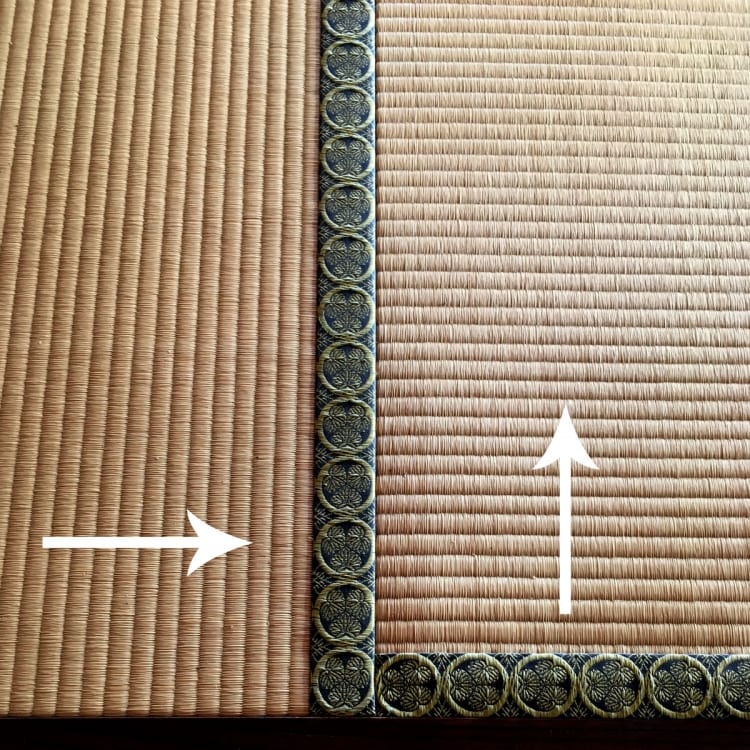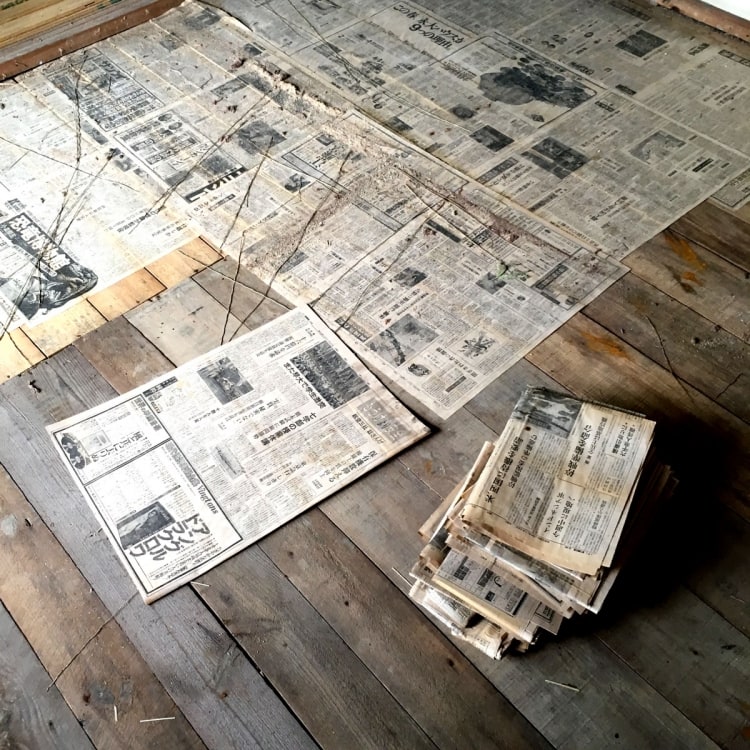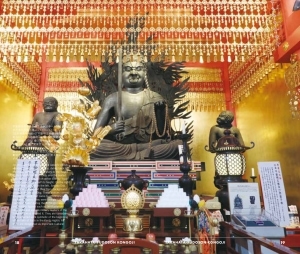Life in an old Japanese house Vol.1: All about Tatami
Up until now, I’ve written on the opportunities available for Japanese artists and creatives living and working overseas. For the next few articles, I’m going to flip the script and share the pros and cons for ex-pats considering residing in Japan and the ins and outs doing DIY on an old Japanese house.
Anyone who has lived in one of the major cities of Japan can tell you that most places you’ll rent are cramped, have expensive rent, paper thin walls, and you are unable to even put a nail in the wall. These far from ideal conditions are severe for anyone but even more so for artists who have no space for expressing themselves.
If you go out of the city, you’ll find the situation completely different. The aging society of Japan has rapidly decreased the value of land and homes thus abandoned homes have increasingly become commonplace. Furthermore, it’s possible to get a home on the cheap or even for free sometimes. This low price comes with a different cost, these homes almost always need repair, are located in inconvenient locations, and/or are in places at risk for natural disasters. Amongst these cons, there is no shortage of pros in acquiring or residing in one of these old homes. If you want to experience the beauty of Japan, this is certainly a great way to do that.
Classical Japanese homes were built with the notion that they would need careful, continuous maintenance. One good example is the tatami, the straw mats that many find attractive need to be swept or vacuumed in the right direction so as to not go against the grain of the material. You’ll find tatami quickly deteriorates when not properly cared for.
To make Japan’s hot summers more bearable, cedar boards are laid down under the tatami with a slight gap between the wood. On top of that the tatami is laid which is made from a rice straw which improves air circulation in the home and makes hot summer nights more comfortable when sleeping on tatami. Having a cool room in summer makes for a colder room in winter of course. People in the past would lift up the tatami after summer and put down newspaper or other material for insulation, while at the same time this gives the tatami a chance to dry as well as be able to check the condition of the underside.
As people got older and were unable to do the proper seasonal maintenance, this technique was lost to the next generation which now means newspaper was often left year round on the cedar producing rot in the boards. Upon lifting up tatami it’s not uncommon to discover newspaper from long ago.
Once air conditioning became commonplace in homes, breathable tatami mats were replaced with tatami containing styrofoam to improve insulation or western flooring. In those cases, if the boards under the floor were not properly checked to maintain proper circulation, the home itself would rapidly deteriorate.
Due to people lifting up tatami regularly and inspecting areas for damage, they were able to catch problem areas quickly and could repair their homes in a timely fashion. Nowadays without that routine in people’s lives, problem areas are caught too late which results in homes being torn down or needing extensive renovation.
Modern homes seem more convenient as they need less maintenance but when they do it requires expensive repair by a professional whilst traditional homes are far more durable and environmentally friendly.
Take for example the case of modern flooring needing repair, doing it piecemeal is rather difficult which requires everything to be torn up and done over. Tatami and the underlying cedar boards on the other hand can be removed, repaired or replaced easily.
If you show traditional homes a little love, they can be as comfortable as you wish to make them. Some might find an old home a burden and too much trouble to maintain but for those who like home repair and the enjoyable lifestyle it brings; you can’t go wrong with an old home. I’m looking forward to sharing more joys of traditional Japanese homes with you all soon.

 English
English 日本語
日本語




